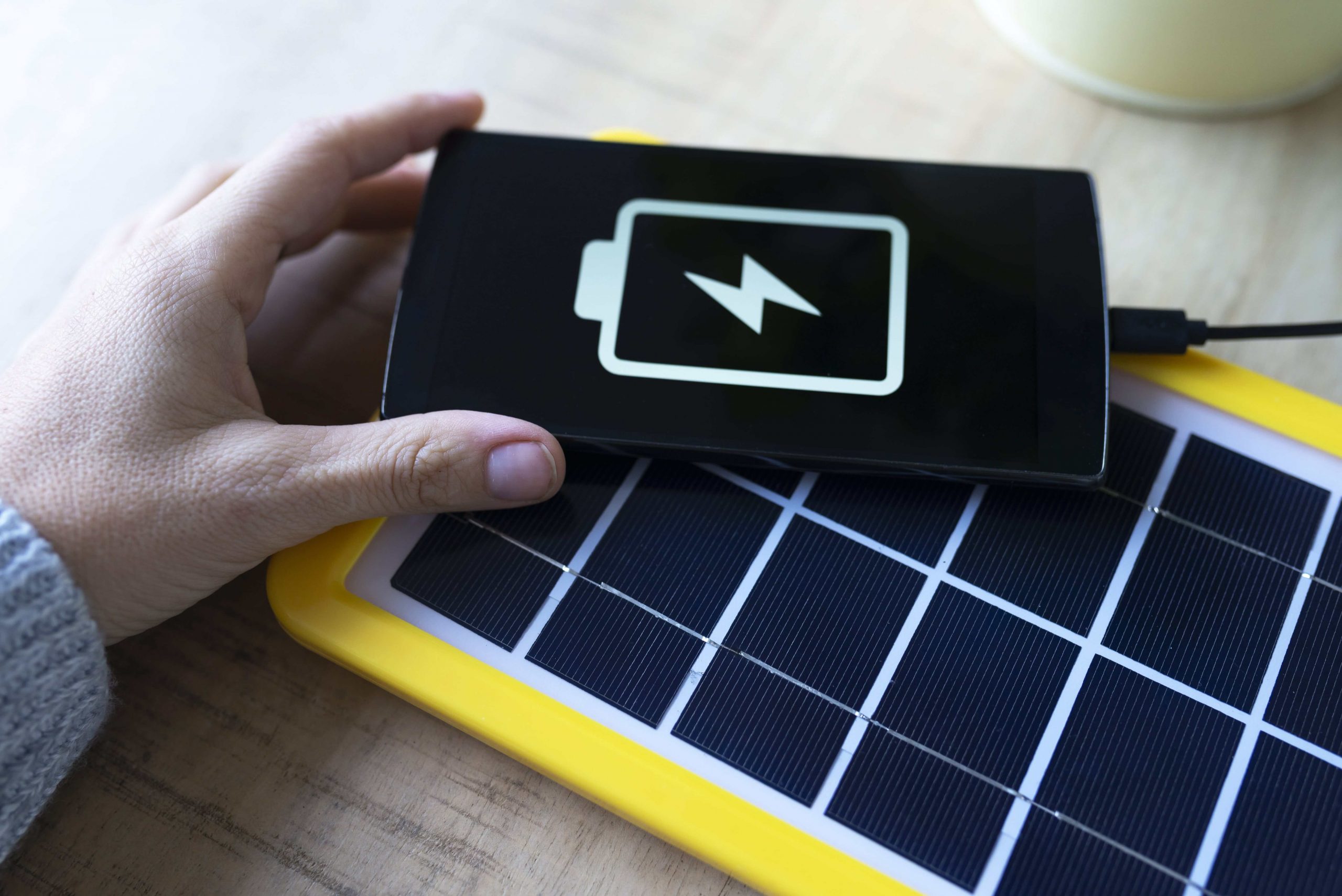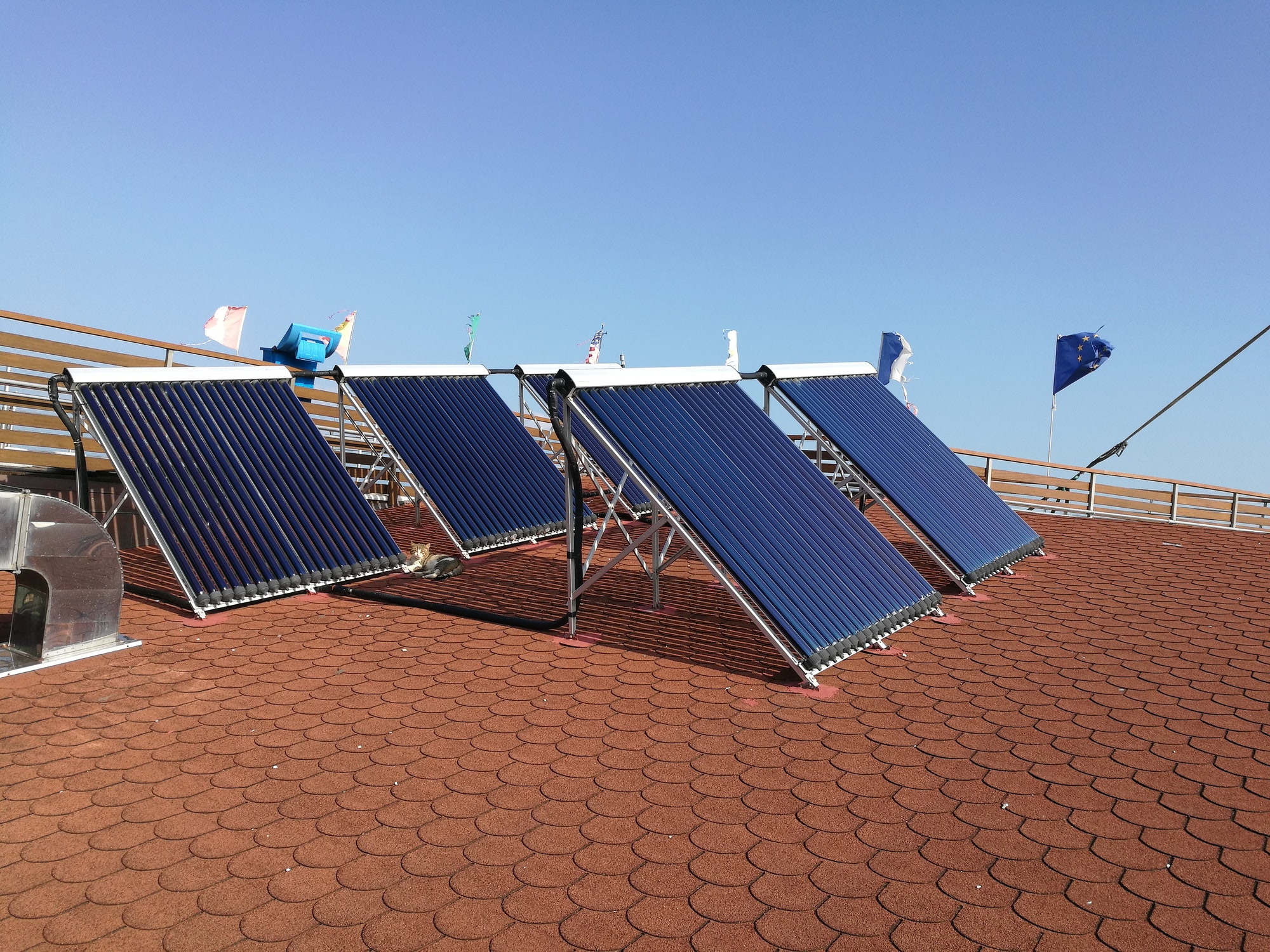Solar Panel Payback Period: What it is and How to Calculate?

Solar Panel Payback Period: What it is and How to Calculate?
When you’re looking into solar panels as a way for energy bill savings and help the environment, one of the most important calculations you’ll need to make is your solar panel payback period. This is the amount of time it will take for your solar panels to generate savings equal to the amount which the solar costs. In this blog post, we’ll walk you through how to calculate your solar panel payback period and what factors influence solar payback periods. Let’s get started!
Table of Contents
Solar Panel Payback Period:
What is the Solar Payback Period?
The solar panel payback period is the amount of time it takes for your solar panels to generate savings equal to their cost. This simple calculation is an important one because it lets you know how long it will take for your investment in solar panels to pay off. Let us explain your payback period with an example. For instance, if the cost of your solar panel system is $20,000 and it saves you $500 per year in energy costs, your average payback period would be 20 years.
Purpose of Solar Panel
The main purpose of solar panels is to save money on your energy bill, but they also have other benefits that are more difficult to quantify. For instance, solar panels increase the value of your home, lower your carbon footprint, and provide you with a hedge against future increased electricity costs. While these benefits are harder to calculate in terms of dollars and cents, they are still important to consider when making your decision about a solar panel installation.

How to Calculate Payback Period for Solar Panels?
Calculate Combined Costs of Solar Power System
The most important factor in your solar payback period calculation is going to be the combined costs of your solar panels. The cost of installation and your monthly electricity bill will also have an impact, but the size of your system and the amount of sunlight your state gets will have the biggest influence on how long it takes for your panels to pay for themselves.
Assuming you will take the federal tax credit for solar power, which is currently 26% of the cost of your system, your average solar payback period calculation would look like this:
- Solar Panel Cost: $20,000
- Solar Panel Tax Credit: $20,000 x 26% = $5000
- Net Solar Panel Cost: $20,000 - $5000 = $15,000
- Payback Period: $15,000 / $500 = 30 years
As you can see from this example, the size of your solar system is going to have a big impact on your payback period. If you have a smaller solar power system, it’s going to take longer for your panels to generate savings equal to their cost. The good news is that the solar panel tax credit can help offset some of the upfront costs, and rebates may also be available in your state.
Combined Costs= Solar Panel Cost- Solar Panel Tax Credit
Calculate Annual Benefits of Solar Energy Investment
The next step in your solar payback period calculation is to determine how much money you’re going to save each year with your solar electricity. This number will be influenced by the size of your system, the amount of sunlight your state gets, and your current cost of electricity which can be calculated by net metering.
For example, if you have a typical residential solar PV system in the state of California, it will generate about 800 kilowatt-hours (kWh) of electricity per year. At a rate of $0.20 per kWh, that’s $160 in savings each year.
Furthermore, you can get solar incentives on excess energy production from your solar system which is also included in the annual benefits of the solar energy system. To get an accurate estimate of your annual savings, we recommend using the Solar Savings Calculator. This tool takes into account factors like system size, electricity rates, sunlight availability, and more to give you a personalized estimate of your solar savings.
Annual Benifits= Solar panel output(in kWh) x Solar panel cost per kWh

Calculate Solar Payback Period
Now that you know the gross cost of your solar panel system and the amount of money you’re going to save each year, you can calculate your payback period.
As we mentioned earlier, your payback period is the amount of time it takes for your solar panels to generate savings equal to their cost. To calculate your payback period, simply divide the cost of your system by the amount of money you’re going to save each year.For example, if the cost of your solar panel system is $15,000 and it saves you $500 per year, your payback period would be 30 years.
Payback Period= Net Solar Panel Cost/Annual Benefits
Factors That Can influence the Payback Period for Solar Panels
The payback period of solar panels depends on multiple factors that should be considered before solar investment which are:
- The cost of the solar panels themselves
- The cost of solar panel installations
- Your monthly electric bill
- Your state's average electricity rates
- The amount of sunlight your state gets
- The solar panel tax credits
- Solar panel rebates

The cost of the solar panels themselves:
This is the most obvious factor in your payback period calculation. The more expensive the solar panels are, the longer it will take to recoup your investment. It includes the cost of accessories, such as batteries, mounts, and racks, but not the cost of installation. If you are thinking to utilize solar loan financing, then the cost of the solar panel system is the loan amount plus any interest you will pay over the life of the loan.
The cost of Solar Panel installation:
This is the second most important factor in your payback period calculation. The cost of installation can vary widely depending on the size and complexity of your project. Generally speaking, the larger and more complex your project is, the higher the installation costs will be.
Your monthly electric bill:
The higher your monthly electric bill, the faster you’ll see a solar payback period on your investment in solar panels. This is because solar panels can save you a total cost on your electricity bills.
Your state's average electricity rate:
This is the amount of money you would pay for electricity if you didn’t have solar panels. The higher your state’s average electricity rate, the more money you’ll save with solar panels. This is because solar panels offset the amount of money you would otherwise spend on electricity.
The amount of sunlight your state gets:
This is an important factor to consider in your payback period calculation. The more sunlight your state gets, the more efficient your solar panels will be. This is because solar panels rely on sunlight to generate electricity.
The solar panel tax credits:
This is a federal tax credit that allows you to deduct 26% of the cost of your solar panel system from your taxes. These tax credits can significantly reduce the amount of time it takes to recoup your investment in solar panels. This is a significant discount that can save you thousands of dollars on your initial investment.
Solar rebates:
Solar panel rebates are state and local incentives that can save you money on your solar panel system. These rebates can vary widely from state to state, so it’s important to do your research to see what’s available in your area.
Calculate Your Solar Panel Payback Periods With Gel Pakistan
Now that you know how to calculate your solar panel payback period, it’s time to get started on installing solar panels. Gel Pakistan is here to help you every step of the way whether it is residential or commercial. We offer a free online solar calculator that can help you estimate the total system cost, cost of solar installation, electricity usage, and the amount of money you’ll save each year. Our solar installers will also help you to calculate the estimated payback period. We also offer a variety of financial incentives to make going solar more affordable. Contact us today to learn more about how we can help you go solar.

Our goal is to change the modern world and create sustainable and nature-friendly energy solutions for future generations.
- 124 DD, Sector CCA Dha Phase 4, Lahore, Punjab
- info@gelpakistan.com
- +92 321 887 4333
Greener Energy Limited Pakistan Built By Keenly Digital
